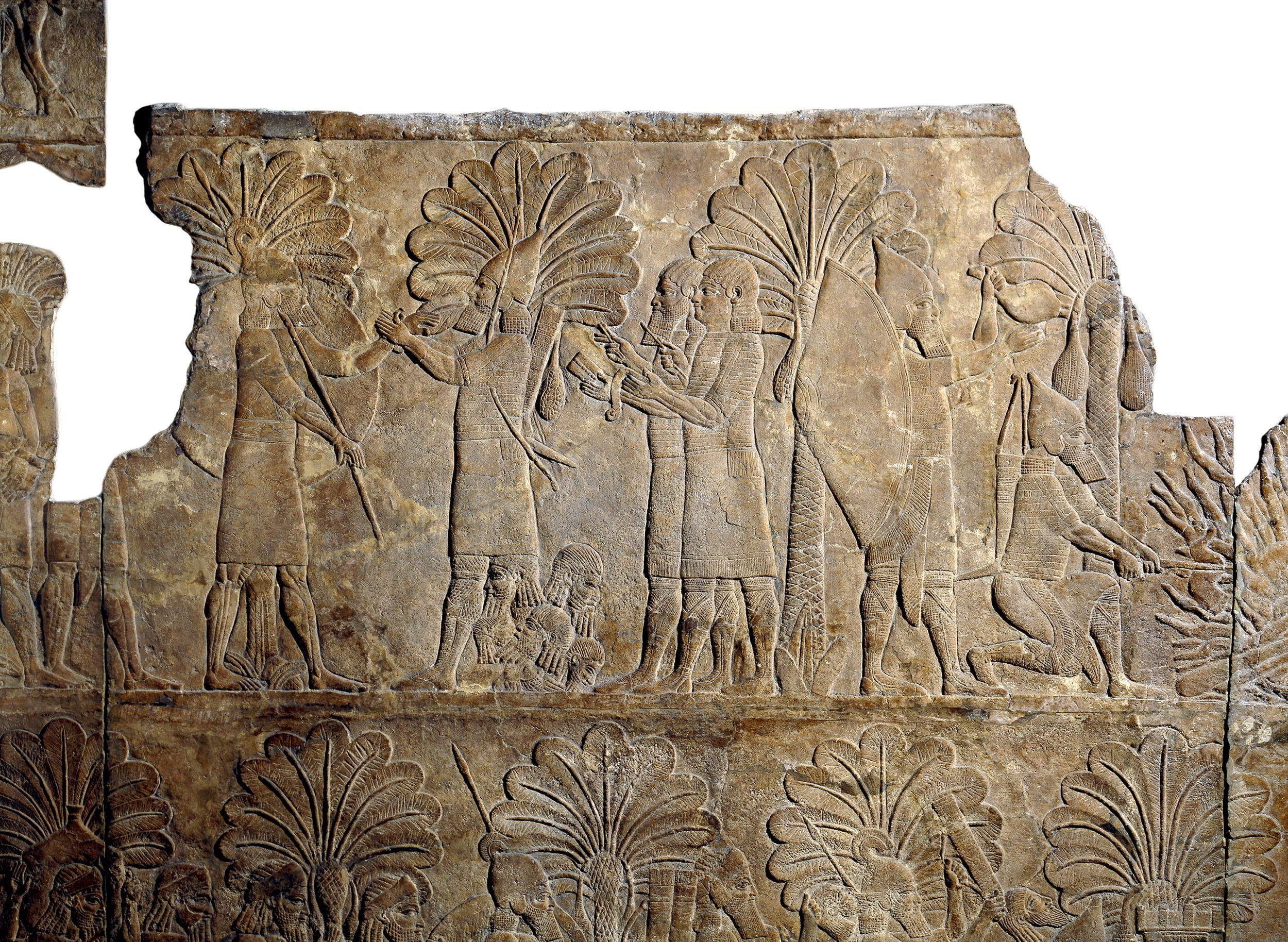Tag Mathematics
By contributing editor E.L. Meszaros
By contributing author E.L. Meszaros As non-native readers of Egyptian hieratic and hieroglyphics, our understanding of the mathematics recorded in these languages must necessarily go through a process of translation. Such translation is both necessary to allow us to study… Continue Reading →
By guest contributor Audrey Borowski According to the philosopher of science Alexandre Koyré, the early modern period marked the passage ‘from the world of more-or-less to the universe of precision’. Not all thinkers greeted the mathematization of epistemology with the… Continue Reading →


